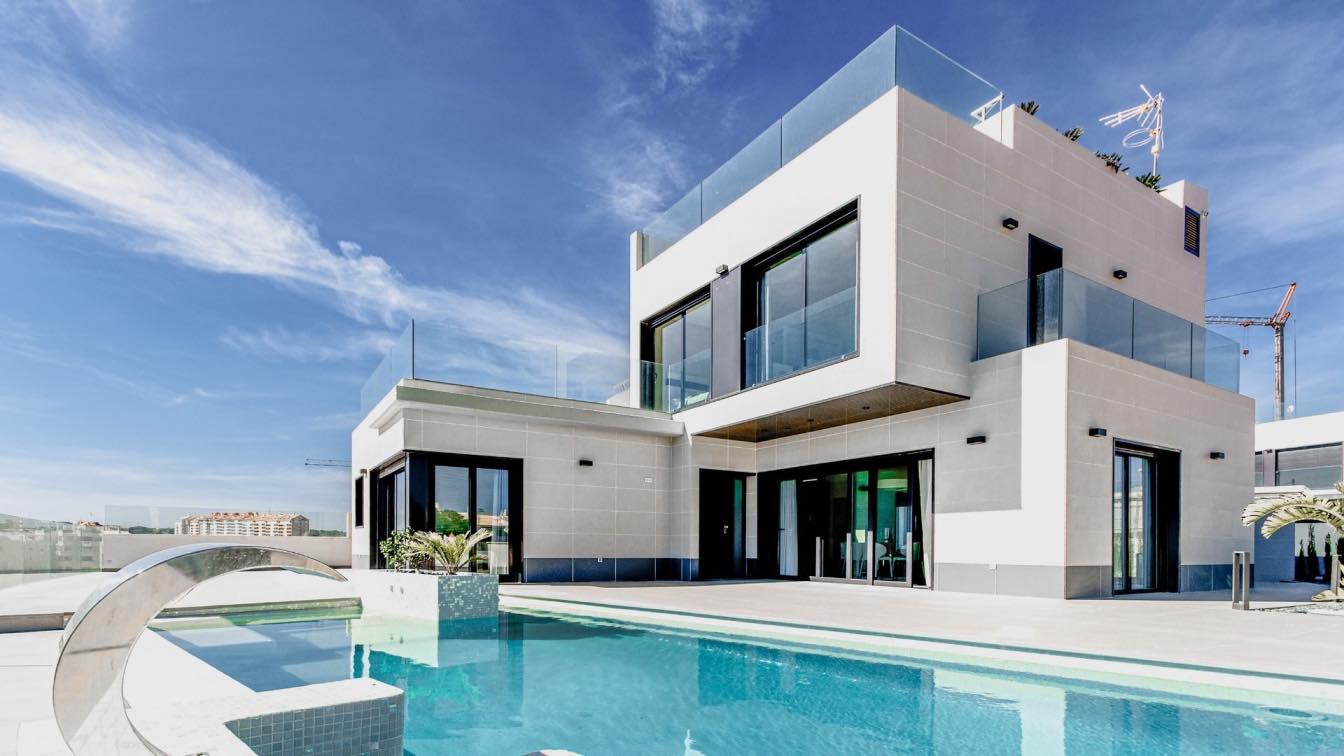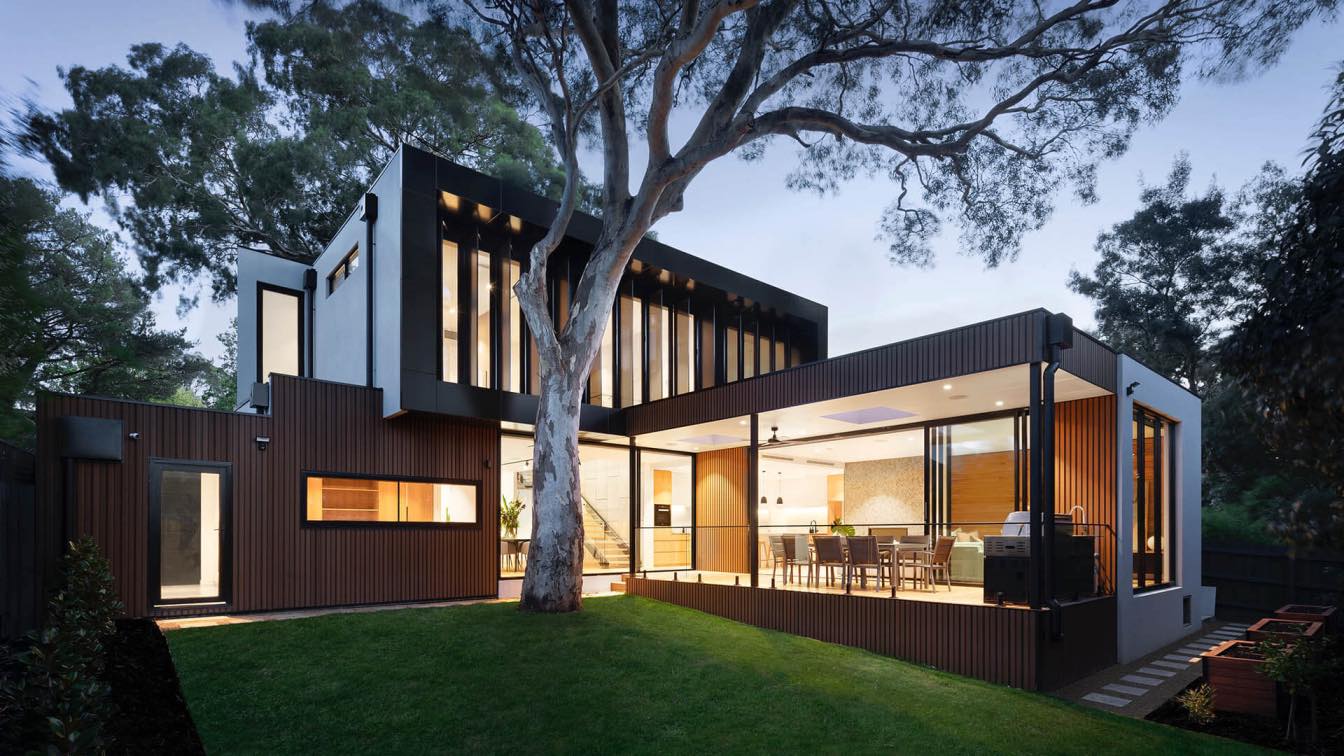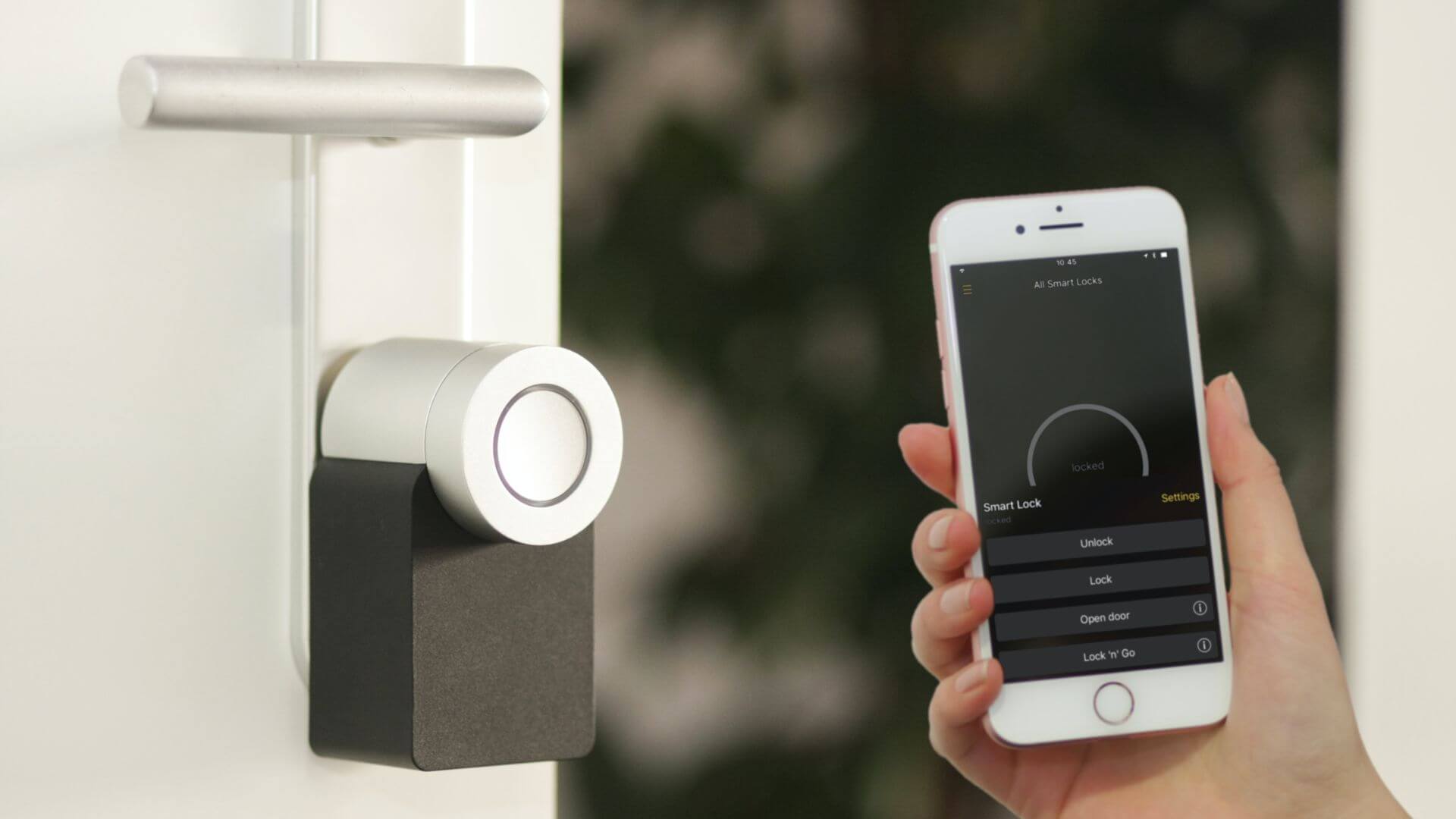Nearly one in five Americans now live in multigenerational households. And, with Americans more than twice as likely to live in multigenerational family households than they were half a century ago, there’s no question that it’s a popular choice for many nowadays. However, for many who are considering becoming a multigenerational household or who want to move to a place with more multigenerational-friendly features (or elevate their current home) knowing where to start can be daunting. From the benefits of installing safety features that will help a loved one to age in place to how architectural choices can play in, here’s what you should know.
Simple home modifications to increase safety
When it comes to those living under a multigenerational roof, preparing for or catering to the needs of older individuals in the home is a must, especially in terms of safety. Whether you’re renovating a current home or looking to buy a new one, there are several simple installations worth considering — for example, installing a chair lift, ramps, and even railing throughout the home can all help those who may have trouble with mobility. Installing handrails in the bathroom, or even a walk-in shower to replace a tub can be a great choice for older individuals. With one out of five falls causing a serious injury (such as a broken bone or head injury), and 3 million older people treated for falls in emergency departments each year, there’s no question that making a few bathroom modifications can help.
The value of multi-functional design trends
For those looking for a new home with innovative, multigenerational design incorporated into the house’s architecture and design plan, look no further than multi-functional design trends. One popular choice for multigenerational homes, for example, is making room for a first-floor bedroom and bath on the ground floor — even if it’s not currently needed. “On almost every project we end up planning for a future master bedroom and bath on the ground floor,” says Scott Rappe, AIA, principal of Kuklinski + Rappe Architects, in Chicago. Not only will such design allow for older individuals to age at home without having to navigate stairs each day, but it doesn’t even have to be put to use right away, with alternate uses (such as a downstairs living or office space), allowing the room to act as a multi-functional space until it’s needed as a downstairs bedroom.
Scott Rappe also further mentions the importance of wide hallways, and the role that they can play in multigenerational households. “Hallways are spaces that we live in. We try to size hallways so they’re pleasant — so art can be displayed and children can play in them. The side benefit, of course, is they easily accomodate a wheelchair or walker,” Rappe notes. Similar to making space on the ground floor for a bedroom/bath, this is another home feature that can help older individuals in multigenerational households transition throughout life in a safer, more comfortable way.
Creating spaces to foster unity
While living in a multigenerational household can involve living with a number of family members under one roof, fostering a sense of unity and being able to connect with one another is essential, and is something that can be achieved through innovative home design. One home in Tay Ninh, Vietnam, is a great example of this, as it’s designed to unify the family. Featuring verandas and a garden, two verandas that extend to the indoors serve as a common place for the family to relax, connect, and partake in family activities like cooking together. While a veranda may not be possible for every home out there, choosing to focus on implementing spacious living rooms, large kitchens to accommodate everyone at once, or social areas like a patio or deck outside can be great ways to incorporate multigenerational design that helps the family to connect on a daily basis.
For those looking to elevate their home through multigenerational design, there are a number of innovative ideas out there. From practical solutions that will allow older individuals to age in place comfortably to incorporating spaces for the family to connect, doing so will not only allow for a safe multigenerational environment, but one that fosters a sense of unity, too.





